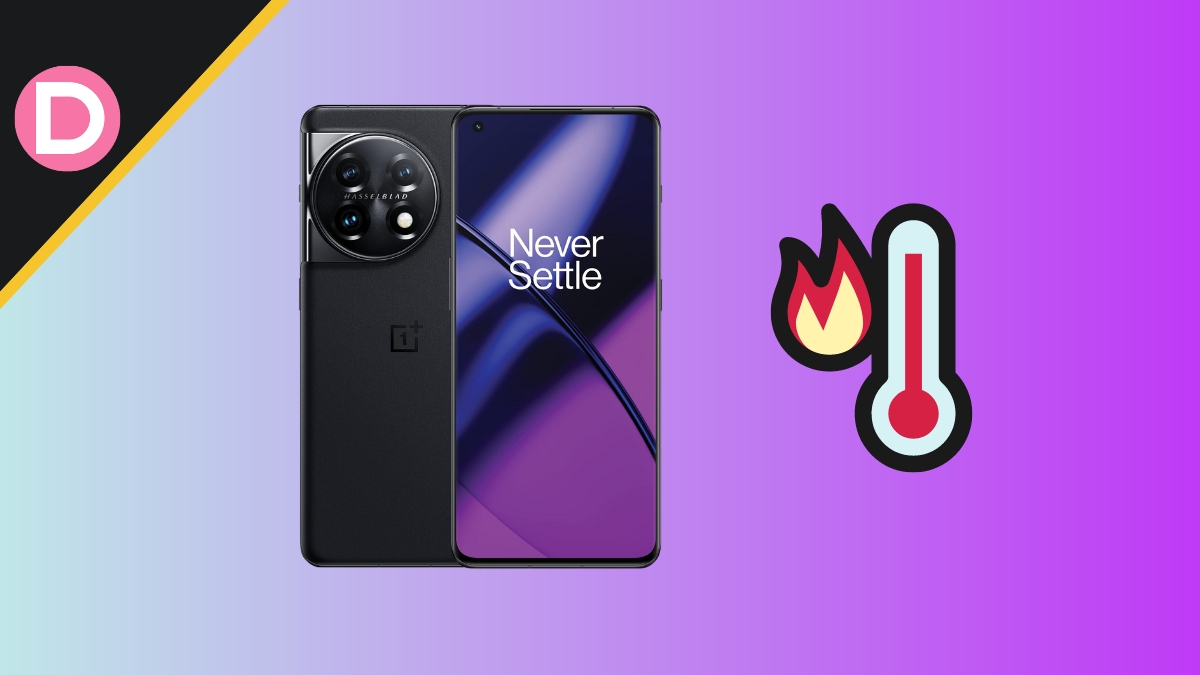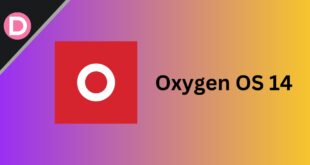After two years of underwhelming releases, the OnePlus 11 and 11R have reignited the company’s reputation for delivering exceptional value-for-money smartphones. The OnePlus 11 packs the latest Snapdragon chip and also has excellent cameras.
The Snapdragon 8 Gen 2 finally solves heating and efficiency problems since it’s fabricated on TSMC’s 4nm node, but as we said before, a lot of it depends on how good companies optimize the chips.
The 1+4+3 arrangement is efficient and powerful. If phones that use the 8 Gen 2 have heating issues, it’s a problem with optimization.
The OnePlus is a great all-rounder, but there are various conflicting reports from multiple sources about the performance. In this article, we’ll try to answer whether the OnePlus 11 has heating issues.
OnePlus 11 Geekbench and Antutu
A common way to gauge the performance of a device is, obviously, benchmarks. Benchmarks are not representative of a real-world use case. However, they’re the easiest way of drawing a comparative analysis.
We have to consider benchmarks as tools that give us a general idea of the performance of a phone. Geekbench and Antutu are the most popular tools, regardless of their lack of relevance to daily use.
If you’re a mobile gamer who plays games like Genshin Impact or Call of Duty for over an hour continuously, then poor chipset optimization is a significant issue.
With the older Geekbench 5 test, the OnePlus 11 scores about 1400 on the single-core test and 4600 on the multi-core test.
Recently, Geekbench introduced Geekbench 6, which simulates real-world tests better. It assigns tasks more appropriately for the multi-core test and involves more AI tests.
The reliability and general usefulness of the platform are up for debate since it’s rather weird that the new workloads heavily favor Apple’s Bionic chips.
The OnePlus 11 scores about 1700 on the new single-core test and breaks the 5000 mark on the latest multi-core test. These are decent scores for the Snapdragon 8 Gen 2.
Another popular tool is Antutu, where the OnePlus 11 breaks the 1.25 Million mark with performance mode. Unfortunately, it begins to throttle from there and goes down as low as 800,000.
Without the performance mode, the phone scores only about 800,000 to 900,000 on Antutu.
OnePlus 11: CPU throttling graph
The CPU Throttling test app loads your CPU with up to 100 threads and measures the performance under such a heavy workload.
If the phone has an excellent cooling system and the chip tuning is done right, the graph will remain green and won’t lose performance and stability over time. It also tests Java, Native C, and multi-thread performance.
While the test is not the most representative of what you’ll do daily, it gives us a general idea of how the cooling system and optimizations work on the phone.
The OnePlus 11 scores an average of 280,000 GIPS on the CPU throttle test with the normal mode. It gets about 80% stability. This is mostly what everyone will get under a fan or at average room temperatures under 30 degrees Celsius.
However, if you test the performance in an air-conditioned room, you might break the 400,000 mark for the GIPS score with performance mode while maintaining an impressive 90% stability.
Performance mode at average room temperatures is a chaotic throttling mess, scoring only 260,000 GIPS points on average, throttling down to about 58% of its max performance.
This isn’t a one-off case; multiple repeats of the same test prove that the stability in performance mode is not at all up to the mark on the OnePlus 11.
What does this mean for real-life use? Absolutely nothing if your use case doesn’t involve extremely heavy gaming for an extended period. You’ll feel the performance dip when exporting multiple batches of edited RAW files or 4K edited videos.
You might find the phone heating up when exporting videos. You may also find lags in the editing process. These are some extreme use cases, but it’s what flagship phones are primarily built for.
As per your request, I have again performed CPU Throttling test📱 in OnePlus 11 with ( High performance mode): ON, after restarting the device🪷
Results are attached below🥰
Too hot🔥 https://t.co/D3d1vVqBo7 pic.twitter.com/Ea0FrdShQo— Anir Chakraborty (@encoword) March 6, 2023
OnePlus 11: Gaming Performance
OnePlus hasn’t been very gaming-friendly for quite a long time. Their flagships, the OnePlus 9 Pro and 10 Pro had the latest chips with terrible software optimizations. Since the cooling systems weren’t great, they didn’t perform well in most games.
There’s also the fact that OxygenOS restricts the frame rates of several simple applications to just 60Hz. It doesn’t make sense that you have a high 120Hz refresh rate, but you can’t use more than half of the apps at 120FPS.
Heavy games like Genshin Impact still need some optimization on OnePlus to run smoothly for long periods without completely tanking on maximum settings.
3D Mark Wildlife Stability Scores
Besides Genshin tests, 3D Mark Wildlife Extreme is another reliable way to measure performance stability when pushed to the absolute maximum.
3D Mark Wildlife Extreme Stress Test
♥️♥️
-OnePlus 11
-iQOO 11No words…just I will say OnePlus 11 needs a massive Optimization 🙏🙏
Retweet🔁 will be appreciated pic.twitter.com/qRamp3vfLU
— Anir Chakraborty (@encoword) February 22, 2023
The OnePlus 11 performs terribly here, scoring an abysmal 36.5% on stability. The lowest loop score is about 1300, which isn’t good either. If you compare it to the similarly priced iQOO 11, it blows the OnePlus out of the park.
The iQOO 11 scores nearly 60% on stability while the lowest loop score is only 2000, unlike 1300 of the OnePlus. This proves that iQOO’s software refinements and cooling system are much better than what OnePlus currently uses.
OnePlus 11 Overheating?
The last two OnePlus flagships didn’t have good chipsets in the first place. The Snapdragon 888 with the 5nm Samsung node and the 8 Gen 1 with the Samsung 4nm node weren’t easy to tune.
This was also a time when OnePlus was going through the whole ColorOS merge and the merge with Oppo. To prevent overheating, they had to throttle down the performance of several apps and restrict the refresh rate to 60Hz.
It gets weird since they didn’t fix these problems over two years down the line. The OnePlus 11 has one objective advantage up its sleeve.
Qualcomm’s 8 Gen 2 uses the 4nm TSMC node, which is hyper-efficient and stays cool. The regular mode has no heating or stability problems on the OnePlus 11.
If your use case is just basic multitasking, web browsing, light gaming, multimedia & social media, texts, etc., then the OnePlus 11 is not a slouch. It’s a flagship chip that’ll handle these tasks without breaking a sweat.
However, if you’re a hardcore Genshin Impact player or someone who plays Call of Duty and other resource-heavy games for hours continuously, then the phone isn’t the best in the price range.
It’s not the best for multiple RAW photo exports or continuous 4K video editing since they’re both GPU intensive.
The phone doesn’t precisely have heating issues in daily use, but we expect high-end performance from a flagship phone.
In that regard, it’s not the best performer with the 8 Gen 2. It will probably heat up more than the competitors with any CPU/GPU-intensive task.

Conclusion
We hope the developers at OnePlus take this problem seriously. If they fix these problems with OTA updates, they’ll remove this from the list of cons of the OnePlus 11.
If the heating problems settle with updates, that’s another reason for performance-focused users to buy the OnePlus 11. You can easily achieve stability and optimization with good software updates. We’ll update you if there’s anything to know.



